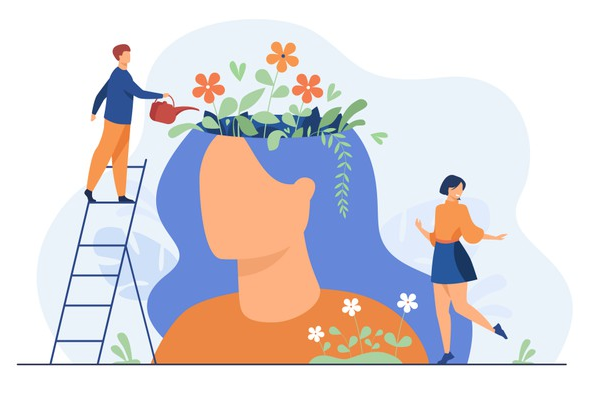A friend and I recently compared notes on how our teenage daughters were faring during the pandemic – which has thrown kids of all ages a developmental curveball.
If you’re a parent, asking about each other’s children has taken on a heartfelt gravity. During the past year, anxiety about how kids are doing socially, emotionally, physically, and academically has kept parents wide-eyed in bed at night and tired and frazzled during the day.
Collective worry over children’s wellbeing, along with a study of the latest science, prompted the CDC last week to release a new report on the safety of in-person schooling, saying it was O.K. with proper protocols. How education plays out across the country will be a state-by-state, county-by-county, school board-by-school-board conundrum.
Meanwhile, many parents have an ambient sense of helplessness on how best to usher their kids through an extraordinary rough patch.
There is one simple, research-backed measure that all parents can take to improve their children’s emotional wellbeing during the pandemic and well beyond. And it’s this: Give your kids your undivided attention.
Before you groan about another bit of undoable, guilt-producing parenting advice, continue reading.
Decades ago, Stewart Friedman, an organizational psychologist at the Wharton School, and Jeffrey Greenhaus, a business professor at Drexel University, conducted a landmark study on how parents’ careers affected their children’s lives. (The study included 900 professionals from various industries between the ages of 25 and 63.) https://hbr.org/2018/11/how-our-careers-affect-our-children
One of the study’s seminal findings was that the amount of time parents spent working versus on childcare didn’t influence their children’s mental health.
What did? How psychologically available and physically present parents were when they were with their children.
If parents were physically present but mentally consumed by their work or, more commonly nowadays, their iPhones, children were more likely to have mental, emotional, and behavioral issues.
Quoted recently in Inc. magazine, Friedman said: “Time and attention are not the same thing; there’s a big difference between physical presence and psychological presence. You can be spending time with people, but if you’re not psychologically present, you’re not doing anybody any good.”
In other words, quality time isn’t a misnomer. And that’s excellent news not just for fraught parents but for everyone. Being more present for each other during times of duress and even when life hums along is an obtainable behavioral choice that can dramatically improve all of our relationships and serve as a source of enduring support.
Being present is a dedicated mindfulness practice. But everyone – even those who never want to meditate – can put their iPhones in the sock drawer now and then.
We also can tell our kids that after answering emails, getting off our Zoom call, or taking some time for ourselves, we will give them our devoted attention. And whether it’s for 10 minutes or an hour, we will make them feel as if they’re the most important thing in the world.
(Image is courtesy of KateMangoStar)






 Sometimes instead of searching for meaning, we need a delightful distraction from difficulty.
Sometimes instead of searching for meaning, we need a delightful distraction from difficulty.